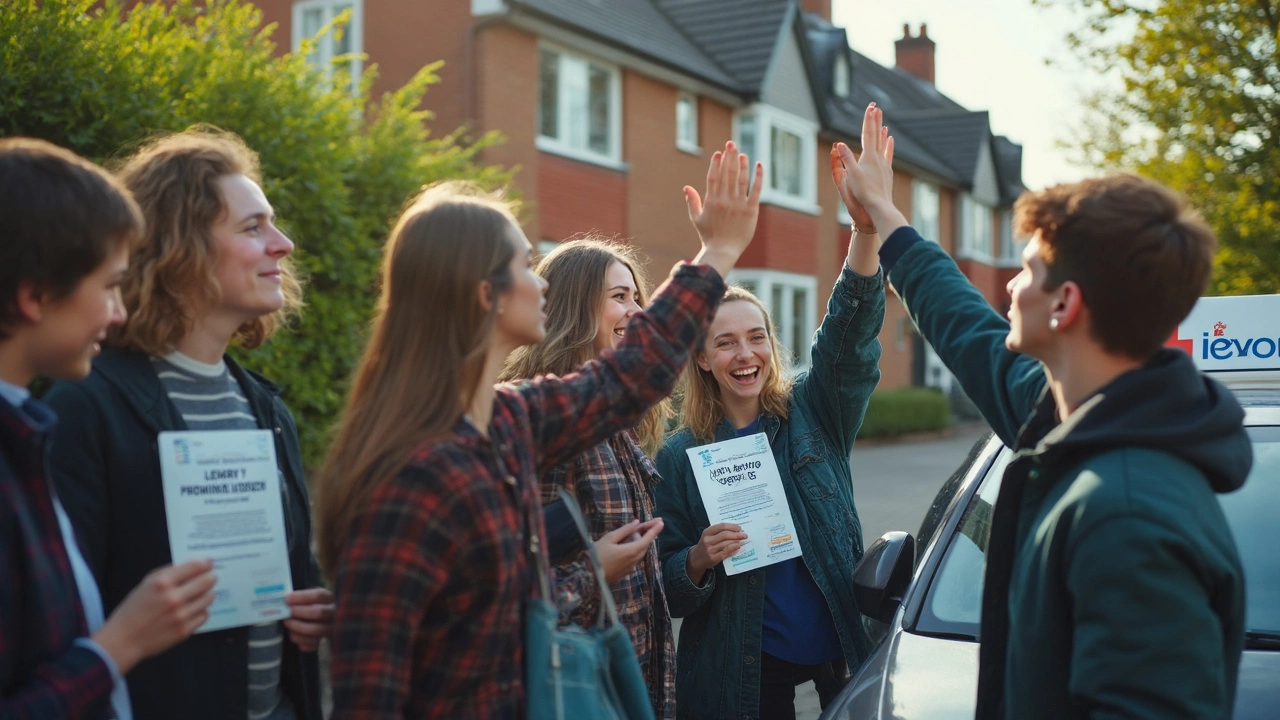Driving Test Age Requirements – What You Need to Know
If you’re thinking about booking a driving test, the first question is almost always the same: "How old do I have to be?" The answer depends on the type of vehicle you want to drive and a few special rules. This guide breaks down the age limits for cars, motorcycles, HGVs and buses, so you can plan your test without guessing.
Standard ages for different licences
For a normal car (Category B) the law says you must be at least 17 years old to take the practical test. You can apply for a provisional licence at 15 years and 9 months, but you won’t be allowed on the road with a car until you turn 17.
If you want to ride a moped or a light motorcycle (Category AM or A1), the minimum age drops to 16. You still need a provisional licence, which you can get at 15 years and 9 months, and you must complete a CBT (Compulsory Basic Training) before you can ride on public roads.
Heavy goods vehicles (Category C) have a higher bar. You must be at least 18 years old to take the HGV practical test. The reason is that HGVs are larger and carry heavy loads, so the law adds an extra year of maturity.
Driving a bus (Category D) requires you to be 21 years old. The extra age reflects the responsibility of carrying passengers. There are a few exceptions for people in the armed forces or for driver training schemes, but 21 is the standard minimum.
For a standard motorcycle licence (Category A), you need to be 24 years old if you’re going for the full unrestricted licence. Younger riders can get a licence with restrictions, like limited power, and then upgrade later.
Special cases and tips
Some people think the age limit is a hard stop, but there are a few shortcuts. If you’re in the armed forces, you can take a bus licence at 18. Some apprenticeship programmes allow you to start HGV training at 17, but you’ll still need to wait until 18 for the practical test.
Provisional licences can be renewed indefinitely, so if you miss your first test, you don’t lose the right to test because of age. However, you must keep the licence up to date with a valid photo and correct address.
When you’re close to the minimum age, book your test early. Slots fill up fast, especially in larger cities. Most test centres allow you to book a slot as soon as you turn the required age, so set a reminder for your birthday.
Preparation is key regardless of age. Use the DVSA practice materials, take mock tests, and get plenty of on‑road practice. Young drivers often feel nervous, but a solid practice routine helps you stay calm on test day.
Finally, keep an eye on any changes to the law. The Department for Transport reviews age limits occasionally, and new rules can appear with updates to vehicle technology or safety standards.
Knowing the exact age you can sit for the test removes one big uncertainty. Check your category, mark your birthday on the calendar, and start practicing. With the right timing and preparation, you’ll be behind the wheel before you know it.
- June 1 2025
- 0 Comments
- Rowan Cavendish
Driving Test Age: When Do Most People Pass?
Wondering what age most people pass their driving test? This article breaks down the typical ages, the role of intensive driving courses, and the trends behind current pass rates. You'll get tips for getting your licence faster and common mistakes new drivers make. Whether you're a parent or a learner, here's everything you should know about the road to passing.
- Driving Lessons (41)
- HGV Training (31)
- Driving Test Tips (31)
- Driving Test Booking (26)
- Driving Licence Renewal (23)
- Driving Theory Test (21)
- Pass Plus Course (15)
- Driving Tips (15)
- Intensive Driving Course (15)
- Driver Licensing (14)
Categories
- December 2025 (12)
- November 2025 (13)
- October 2025 (21)
- September 2025 (5)
- August 2025 (8)
- July 2025 (30)
- June 2025 (30)
- May 2025 (30)
- April 2025 (31)
- March 2025 (30)
- February 2025 (28)
- January 2025 (34)
Archives
- driving lessons
- driving test
- driving tips
- intensive driving course
- driving test tips
- HGV training
- learn to drive
- driving theory test
- driver training
- driving test booking
- pass driving test
- HGV driving
- road safety
- driving license renewal
- Virginia driving test
- learner drivers
- safe driving
- Virginia driver's license
- driving license
- learning to drive

